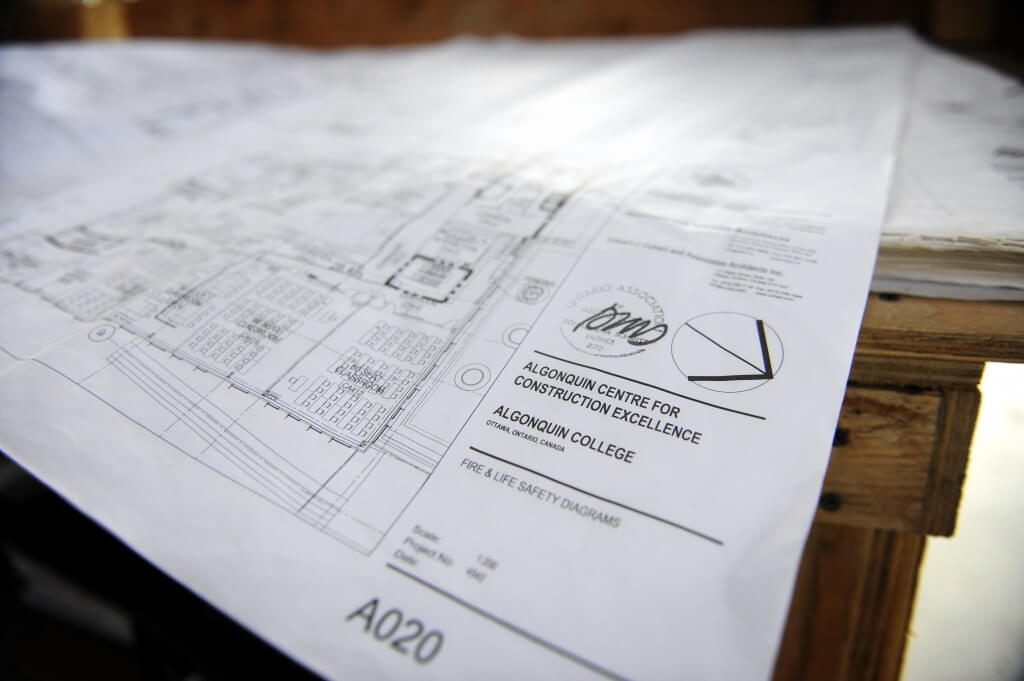Case Study: LEED® Gold set as design standard for new building
Posted on Monday, June 17th, 2013

Paradigm shift, external expertise, collaboration and commitment to continuous improvement needed for new integrated approach to delivering high performance buildings.
At the same time as Algonquin College embarked on a multi-year campus renewal and expansion initiative involving four new building projects and spanning its three campuses, momentum around sustainability was growing both within the College and in the broader global community. Direction from the College’s Board of Governors established the goal of designing all new buildings to the Canada Green Building Council (CaGBC) LEED® (Leadership in Energy and Environmental Design) Gold standard.
The new direction required a paradigm shift in how the Physical Resources team approached these projects. With limited knowledge about designing to LEED standards, the team sought external expertise on sustainability and green buildings. They were introduced to the Integrated Design Process (IDP), a holistic systems approach to designing high performance buildings that are cost-effective and have an exceptional return on investment (ROI).
The planning team invested in a change management exercise that involved an initial training workshop in IDP methodology that included all the stakeholders: Physical Resources, the consultant team and the building client. “It was important that the whole team was aligned with the process to ensure we didn’t treat sustainability or LEED as a separate layer on top of our traditional approach,” states Phil Rouble, Associate Director, Facilities Planning and Sustainability.
IDP begins by engaging all stakeholders to create a shared understanding of the project that is articulated in a document that lists the project vision, guiding principles and objectives, as well as a definition of sustainability tied to the project. All the stakeholders are brought together in the same room at the same time throughout the project to collaborate on innovative solutions to the design challenges that focus on achieving the shared understanding. Traditional practices that focused on budgets, scope and schedule were transformed to an integrated perspective that factors in operating costs, lifecycle costs, and occupant experience influenced by air quality, lighting and other features.
“We learned a great deal with each project, and with a commitment to continuous improvement we were able to bring a greater depth of expertise to enhance the process for each of the buildings. We’ve also been able to leverage the knowledge gained through IDP into our Integrated College Development Process, affecting a real transformation on the campus planning level as well,” adds Phil.
Below: Algonquin College LEED building and team member featured in CaGBC 4-minute video